Interviews
No new entity needed for reconstruction
One year is not enough. We need at least two years to rebuild damaged structures.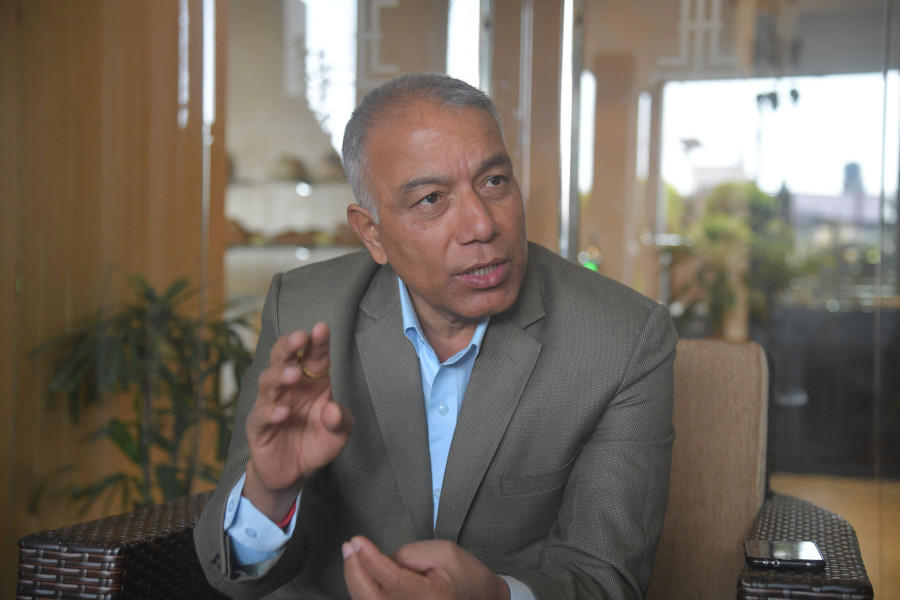
Thira Lal Bhusal
At least 154 people lost their lives and 364 were injured in the November 3 Jajarkot earthquake. Over 26,000 houses were completely destroyed while over 35,000 were partially damaged across 13 districts. There is thus a need for massive reconstruction and rehabilitation works. Thira Lal Bhusal of the Post sat with Sushil Gyewali, former chief executive officer of the National Reconstruction Authority formed to lead the reconstruction works after the 2015 earthquakes. Excerpts:
What lessons from the 2015 earthquakes can we apply in rebuilding and rehabilitation works following the latest earthquakes?
The 2015 earthquakes were a strong reminder that we live in a seismically active region. Therefore, we should be prepared at all times to minimise damages. This message resonated at the political, bureaucratic and the general public level. Previously, only certain sections of people were raising this voice but after the Gorkha quake, it was debated, discussed and realised at the national level.
We realised the need for a permanent national body to carry out emergency operations immediately after the disaster and to undertake preparatory works on a regular basis. We came up with the idea of establishing the National Disaster Risk Reduction and Management Authority (NDRRMA). This entity was established while the National Reconstruction Authority (NRA) was already in place. The two bodies worked together. When the NRA was closed down in December 2021, it handed over all its documents and transferred its knowledge to the NDRRMA. The role of coordinating with various ministries and other bodies to complete remaining tasks was given to the same authority. As such a body needed to carry out emergency responses such as rescue and rehabilitation, we had to formulate certain laws, undertake human resource management, and allocate resources through a fast-track process.
Political commitment and consensus are crucial in such a situation. Therefore, a directive council headed by the prime minister was established. The leader of the main opposition was the vice-chair of the body while leaders of political parties represented in the House of Representatives were members. That body basically forged political consensus and made policy decisions that were implemented by the NDRRMA. Also coordination committees were formed at the district level comprising members of political parties. Similarly, making the general public aware and involving them in reconstruction is as important. Initially we found that structures made of mud and stone were mostly destroyed but we also discovered earthquake-resilient houses can be built by using mud, stones and wood.
Does the response to the Jajarkot quake show we are better prepared?
We learnt vital lessons and established important entities like the NDRRMA and prepared a Nepal disaster resilience framework. The framework included a road map to make the country earthquake resilient by 2030. The NRA handed over the document to the government. Unfortunately, the concerned agencies didn’t work as per the lessons we learnt and the experience we gained. We don't find any readiness and commitment to work as per that spirit. Earthquakes of almost similar magnitude rang alarm bells by striking Bajhang, Doti and Lamjung in recent months. But the authorities got serious only after the Jajarkot quake that resulted in a high death toll. This tendency of waiting for too long has caused a huge damage.
In the roadmap, we envisioned making communities resilient to various types of disasters. For instance, we came up with the idea of replacing thatched roofs with corrugated zinc sheets to avoid incidents of fires and provide Rs100,000 to each household to encourage them to follow building codes to build earthquake-resilient houses. Thus, even the structures built in remote districts can be made earthquake-resilient.
Now, we have also developed technology to test the resilience of a structure, and retrofit them, which wasn’t available before the 2015 quake. We had decided to use that technology across the country. We had envisioned testing all the houses and retrofitting them by providing grants to local units on a regular basis. We need to test and retrofit schools, hospitals and other public buildings simultaneously. We can thus make our society earthquake resilient by 2030. A complete framework has already been prepared for this. Our donor communities are impressed by the idea and they are ready to support it. But no work has been done towards this end.A new building code was enforced after the 2015 quake. Is the code being implemented?
There is a legal provision to get a building’s design approved before starting construction to make the structure quake-resilient. It is applicable to urban as well as rural areas. Local units are entrusted with enforcing the rule. And it is not only for concrete buildings but also for other houses. The NRA had trained elected representatives and technicians in 32 districts affected by the 2015 quake that fell under its jurisdiction. It should have been replicated in other districts but that didn't happen.
Is the building code implemented in rural areas?
It isn’t implemented in villages, except for a few rural municipalities. People in villages find it a hassle to get the design approved from the rural municipality. On the other hand, officials in local units aren’t cooperative. They should encourage people to make houses earthquake-resilient through awareness, simplify the process and facilitate their work.
Are masons in remote districts trained to make structures disaster-resilient?
For this, the government should build a few houses in each ward, train local masons and other people who will then replicate the skills in their localities. Over 100,000 masons and 6,000 engineers were trained during the post-2015 reconstruction. That human capital wasn’t utilised. It would have helped create jobs in villages while the houses there would be safe.
Experts warn of a bigger quake in western Nepal. What preventive measures should be adopted in these districts?
Bodies should be established in Karnali and Sudurpaschim provinces to carry out rehabilitation of disaster-hit communities. These should be permanent structures. Then, each local unit should be the front agency to work in the field. NDRRMA will play a coordinating role at the centre. A survey of houses in the two provinces should be conducted to know the condition of the structures. While damaged houses are rebuilt, the retrofitting work should be carried out simultaneously across the provinces. The two provinces can thus be made safe and resilient even for future disasters.
Similarly, the district disaster management committees led by chief district officers should be entrusted with emergency operation, rescue and relief distribution. They are better-placed to coordinate with the centre, and agencies like police, APF and army. But the role of making temporary and permanent structures and developing infrastructure should be played by provinces and local units.
Political parties in the ruling coalition appear divided on the need for a new entity like the NRA to carry out reconstruction in affected districts. What do you say?
A new entity isn’t needed now. We didn’t have such a body and we had to work from scratch in 2015. Therefore the NRA was set up. Now, we already have NDRRMA, which in itself is an autonomous body established for the same purpose with a clear jurisdiction. Besides, all three tiers of the federal system weren't in place in the past. Now local units and elected representatives are working effectively. They should be focal points. The NDRRMA arranges resources in coordination with national and international agencies, makes strategic and policy decisions and monitors the work done at the provincial and local levels.
Second, the provincial entities should be established as permanent structures. In fact, we can do maximum work through local units. Therefore, there is no need to sow confusion by setting up yet another body. In the meantime, we need one reform to make the NDRRMA more powerful. It is now under the home ministry. It should be under the leadership of the prime minister. The home ministry’s role is effective mainly in immediate emergency operations. Other tasks such as reconstruction and rehabilitation should be done by other ministries.
Only the prime minister’s office can effectively coordinate among the ministries as well as provincial and local governments. So the NDRRMA should be upgraded to the status of the NRA. Then, there will be no need for a new entity.
Do we need to organise an international conference to arrange financial support for reconstruction like we did in 2015?
We may not need an international conference of the level that we held in 2015. We have to make use of our resources but our economy at present is weak. The government has failed to pay contractors for regular construction. So we need donors’ support. First, we have to immediately use the money available with the Disaster Management Fund. Then, the prime minister can convene a meeting of the heads of international missions based in Kathmandu and call for their support. But first, we have to prepare a post disaster needs assessment document. It is already late to prepare to do so. Only then can we discuss the matter with the representatives of international agencies in a concrete way.
The government has announced it will complete reconstruction within a year. How feasible is that?
This is not feasible. We need at least two years to rebuild the structures. The authorities should be able to tell the truth to the people and convince them. Now temporary shelters should be built for the displaced people until their homes are rebuilt. We can also build integrated settlements by shifting vulnerable and scattered settlements. The international community is interested in supporting such projects.




 16.12°C Kathmandu
16.12°C Kathmandu


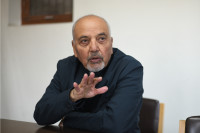

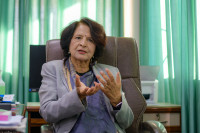
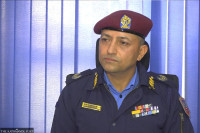
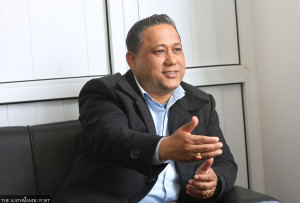



%20(1).jpg&w=300&height=200)

